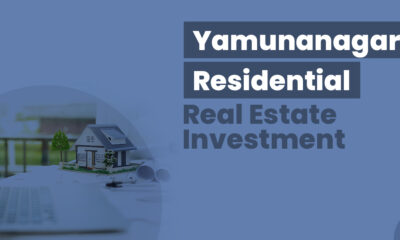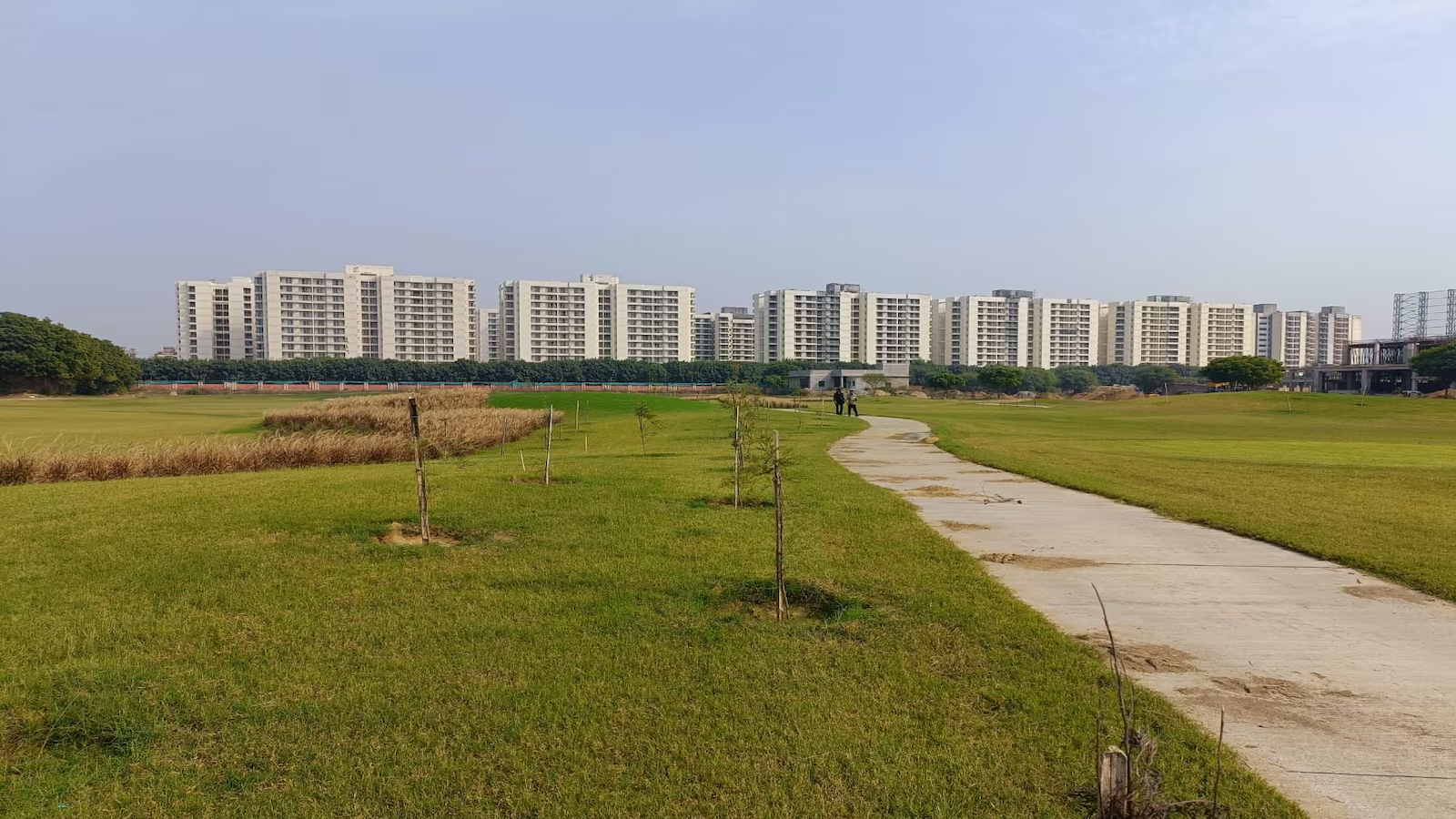Report
67 pc of $100 billion lent to Indian real estate is stress-free


At least 67% (or approx. USD 67 bn) of the total loan advances (USD 100 bn) to Indian real estate by banks, NBFCs and HFCs is currently completely stress-free, reveals the latest study by ANAROCK Capital. Another 15% (approx. USD 15 bn) is under some pressure but has scope for resolution with certainty on at least the principal amount.
USD 18 bn (or 18%) of the overall lending to Indian real estate is under ‘severe’ stress, implying that there has been high leveraging by the concerned developers who have either limited or extremely poor visibility of debt servicing due to multiple factors.


“Moreover, the entire ‘severely stressed’ loan value in real estate is spread across more than 50 developers,” says Agarwal. “In telecom and steel, default by a single company equals a sizable portion of the overall stress in the real estate sector. Also, every real estate loan is backed by hard security, which is anywhere between 1.5 to 2 times. Even if the loan is NPA, there is enough security for the lenders to recover a significant portion of their money.”
The overall contribution of NBFCs and HFCs (including trusteeships) towards the total lending to Indian real estate is at 63%. Individually, banks accounted for the largest share of total realty loans with 37%, followed by HFCs with approx. 34%, and NBFCs have 16% and 13% loans given under trusteeships. Interestingly, since 2013, the share of NBFCs and HFCs has grown considerably – at the expense of banks. However, in the past 4-8 quarters, banks have been more active than NBFCs.


Of these, banks and HFCs are much better placed with 75% and 66% of their lending book in a comfortable position. Not surprisingly, nearly 46% of the total NBFC lending is on the watchlist.
Realty Loans Breakdown by City & Developer-type
About 75% of the total lending to Grade A developers is safe. This presents a comfortable outlook because out of the total loans given to real estate, more than USD 73bn is given to Grade A builders. Of this, USD 55bn is safe and under no stress.
On the other hand, a high amount of realty loans given to Grade B and C developers needs strict monitoring. Close to 55% of the loans given to Grade B developers is under ‘severe’ stress; for Grade C developers, it is over 73%.
In terms of cities, Pune and NCR are both high on stress with 40% and 39% respectively of the total loan given to them, followed by Mumbai with 37%. Hyderabad, Kolkata and Chennai are well placed with just 3-4% stress (however, their overall share of the pie is limited). Bangalore with a 15% share of overall lending has 76% book with no stress at all.
* Grade A developers are players that are currently active, with excellent execution track record, having developed real estate more than 3 Mn sq. ft. till date
* Grade B developers include those currently active, with an established execution track record having developable area of more than 1 Mn sq. ft. but less than 3 Mn sq. ft. This category may also include players with excellent past execution track record but are currently largely inactive.
* Grade C comprises of players with less than 1 Mn sq. ft. developable area.
-



 News3 weeks ago
News3 weeks agoKW Delhi 6 Mall Onboards New Brands
-



 News4 weeks ago
News4 weeks agoManasum Senior Living Launches IKIGAI GOA, A Senior Living Community in North Goa, in collaboration with Prescon Homes
-



 News3 weeks ago
News3 weeks agoCommercial Realty Gets Tech Savvy: Fast Construction, Enhanced Convenience
-



 News2 weeks ago
News2 weeks agoGodrej Properties Sells Rs 3k cr+ Homes of Godrej Zenith, Gurugram, within 3 days
-



 News4 weeks ago
News4 weeks agoBridging India Divide: Top 5 Tier- 2 Cities to Focus On
-



 News4 weeks ago
News4 weeks agoMultipoint Connection – A Definite Boon
-



 News3 weeks ago
News3 weeks agoRBI’s Status Quo on Key Policy Rates to Help Maintain the Real Estate Growth Momentum, Say Industry Stalwarts
-



 News1 week ago
News1 week agoOlive Announces Dhruv Kalro as Co-Founder

















